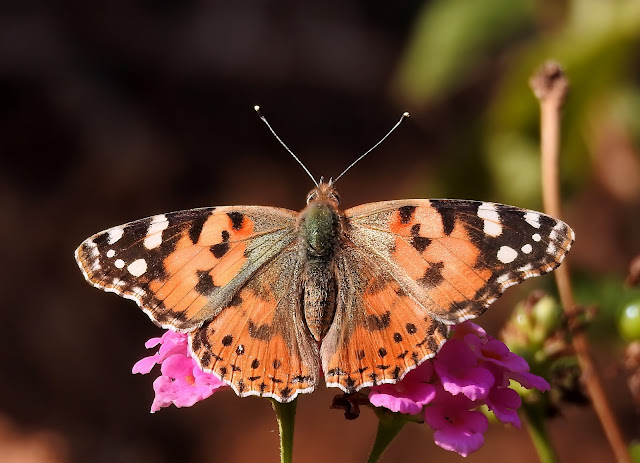The collared kingfisher (Todiramphus chloris) is a medium-sized kingfisher belonging to the subfamily Halcyoninae, the tree kingfishers. It is also known as the white-collared kingfisher, black-masked kingfisher or mangrove kingfisher. It has a wide range extending from the Red Sea across southern Asia to Polynesia. It is most commonly found in coastal areas, particularly in mangrove swamps. It also inhabits farmland, open woodland, grassland and gardens. In some parts of its range, especially on islands, it can be seen further inland, ranging into forest or into mountain areas. Birds often perch conspicuously on wires, rocks or bare branches.
The collared kingfisher is 23 to 25 cm (9.1 to 9.8 in) long and the male weighs 51 to 90 g (1.8 to 3.2 oz), while the female weighs 54–100 g (1.9–3.5 oz).[10] It varies from blue to green above while the underparts can be white or buff. There is a white collar around the neck, giving the bird its name. Some races have a white or buff stripe over the eye while others have a white spot between the eye and bill. There may be a black stripe through the eye. The large bill is black with a pale yellow base to the lower mandible. Females tend to be greener than the males. Immature birds are duller than the adults with dark scaly markings on the neck and breast.
It has a variety of calls which vary geographically. The most typical call is a loud, harsh and metallic "kee-kee-kee" repeated several times.
%201.jpg)
%202.jpg)






%201.jpg)
%201.jpg)


%201.jpg)
%202.jpg)



%201.jpg)
%202.jpg)
%201.jpg)











%201.jpg)
%202.jpg)














